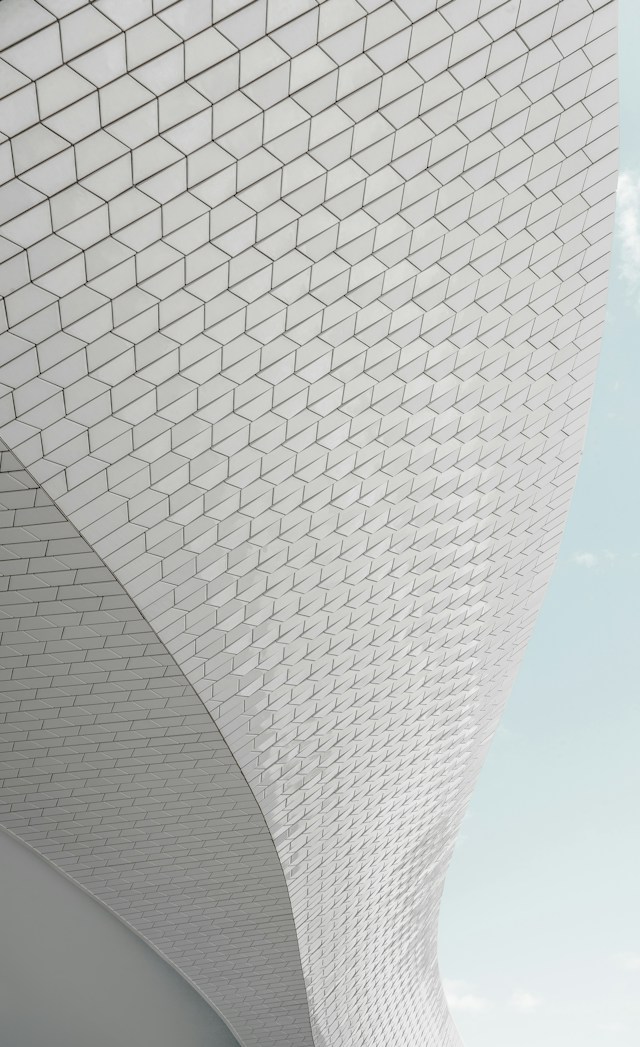Designing sports facilities for the future is a balancing act, with architects and planners needing to juggle a multitude of factors. From creating a top-notch fan experience to incorporating sustainable practices, these buildings are at the intersection of sports and architecture. The construction of these edifices does not just involve brick and mortar; instead, it is an intricate process that necessitates a meticulous understanding of sports, design principles, environmental management, and digital technologies. Let’s delve into how these elements come together in the creation of modern, future-forward sports facilities.
Harnessing Digital Technology for a Superior Fan Experience
Sports facilities are no longer just buildings. They’ve evolved into high-tech hubs that harness the power of digital technology to provide fans with an outstanding experience. This shift does not only improve the game-day atmosphere but also ensures that fans will keep coming back.
A lire également : The role of sports in promoting sustainable transportation and commuting.
Digital technology has revolutionized the way fans interact with sports. From the moment they purchase their tickets online to the digital boards displaying real-time stats during a game, technology is everywhere. Stadiums are now equipped with Wi-Fi, allowing fans to share their experiences on social media, further boosting the event’s visibility.
Moreover, venues are using technology to enhance crowd management. For instance, ticket scanning systems and digital signage can guide fans to their seats or the nearest facilities seamlessly, reducing congestion and improving the overall experience. Besides, digital technology can also contribute to the safety of fans through surveillance systems and emergency notifications.
En parallèle : The cultural significance of sports in indigenous healing and spirituality.
Building Sports Venues with Sustainable Practices
As awareness of environmental issues grows, sustainable practices are becoming a cornerstone in the construction of sports facilities. This focus on sustainability is not only about making a positive contribution to the environment but also about ensuring the long-term viability of these buildings.
Energy management is a key aspect of sustainable construction practices. Sports venues, with their massive energy needs, are potential hotspots for energy waste. To curb this, architects are integrating renewable energy sources into their designs. Solar panels on the roof of a stadium, for instance, can provide a significant portion of the energy needs of the facility.
Water management is another critical area. Many sports facilities are implementing rainwater harvesting systems, not only to irrigate the fields but also to use in toilets and other facilities, significantly reducing water consumption.
Materials used in construction also have a significant environmental impact. Therefore, choosing materials that are locally sourced, recyclable, and have a low environmental footprint is crucial for sustainable construction.
The Role of Universities in Sports Facility Design
Universities play a significant role in sports facility design. Not only are they the sites of many sports facilities, but they also contribute to their design and construction through research and innovation.
Many universities have departments or centers dedicated to sports science and facility design. These entities conduct research on various aspects of sports facilities, from the type of grass that best suits a specific sport to the ideal orientation of a stadium to maximize natural light.
Universities also offer degree programs in sports facility management, equipping students with the knowledge and skills needed to manage these complex facilities. These programs often include modules on sustainable practices, underscoring the importance of environmental management in this field.
Moreover, universities often collaborate with architecture firms and construction companies on the design and building of their sports facilities. This collaboration allows for a comprehensive approach, combining academic knowledge with practical expertise.
Sports Facilities as Community Hubs
Sports facilities are increasingly being designed as community hubs, not just venues for sports events. This aspect is especially apparent in the design of university sports facilities, which often serve a dual role as spaces for both sports and community events.
Community engagement has become a primary objective in the design of sports facilities. These buildings are created to host a variety of activities beyond just sports, such as concerts, fairs, and community gatherings. This versatility not only maximizes the use of the facility but also strengthens the ties between the sports venue and the community.
Incorporating spaces for community use within the sports facility, such as meeting rooms, eateries, and fitness centers, is another way to make these buildings more accessible to the public. This approach not only enhances the fan experience but also encourages local residents to engage with the facility, creating a sense of ownership and community.
Driving Economic Development through Sports Facilities
The construction of sports facilities can drive economic development. These projects often stimulate local economies by creating jobs, both during the construction phase and in the ongoing operation of the facilities. Furthermore, the events held at these venues can attract significant numbers of visitors, boosting local businesses such as hotels, restaurants, and retail outlets.
The repercussions of sports facilities on the local economy can also extend beyond direct financial impacts. The presence of a state-of-the-art sports facility can enhance a city’s reputation as a sports destination, attracting more events and tourists. Additionally, the construction of these facilities often triggers improvements in local infrastructure, such as transportation and public spaces, benefitting the broader community.
A sports facility also has the potential to act as a catalyst for urban regeneration. The building of a stadium or arena can inspire other developments in the area, from residential buildings to commercial establishments, transforming previously underutilized areas into vibrant urban districts.
Advancements in Energy-Efficient Sports Facilities
As the world continues to grapple with the effects of climate change, architects and planners of sports facilities are faced with the responsibility of integrating energy-efficient solutions into their designs. Sports venues, due to their enormous scale and high energy consumption, have a considerable environmental impact. Thus, they can greatly benefit from energy-saving measures, both in terms of cost savings and reducing carbon emissions.
With technological advancements, renewable energy sources like solar panels and wind turbines have become more accessible. Sports facilities, especially stadiums, are ideal for these installations, given their large, open spaces. For instance, the Levi’s Stadium in Santa Clara, California, boasts a 375kW solar installation, which offsets all the power consumed during home games, making it a net-zero energy facility.
Energy-efficient HVAC systems are another crucial area where sports facilities can mitigate their environmental footprint. By minimizing energy consumption, these systems not only reduce operational costs but also contribute significantly to climate change mitigation efforts. In addition to renewable energy sources and energy-efficient systems, architects are also incorporating natural ventilation and lighting solutions into sports facility design, further reducing the need for artificial lighting and air conditioning.
The integration of real-time data systems is another game-changer. These systems can monitor energy use, water consumption, waste generation, and other key metrics, providing facility managers with real-time insights to optimize operations and further reduce environmental impact.
The Future of Sports Facilities: A Path Towards a Sustainable Future
In an era defined by digital innovation and environmental consciousness, the future of sports facilities lies at the intersection of these two realms. As seen in the trends and advancements discussed in this article, sports parks are no longer just venues for sports events. They are high-tech, energy-efficient hubs that offer unparalleled fan experiences while also acting as catalysts for community engagement and economic development.
Building sports facilities for the future is about more than just providing a venue for sports events. It involves harnessing digital technology to enhance the fan experience, adopting sustainable practices to minimize environmental impact, and designing construction that fosters community engagement and drives economic development.
These multifaceted roles of sports facilities demand a comprehensive approach to their design and operation. It requires collaboration between architects, planners, engineers, technology providers, environmental experts, and community leaders. Moreover, research and innovation, particularly from universities, are crucial in pushing the boundaries and setting new standards in sports facility design and management.
In conclusion, the sports facility of the future is not just a building; it’s a manifestation of how sports, architecture, technology, and environmental stewardship can coalesce. Together, they create spaces that not only host sports events but also drive community engagement, stimulate economic growth, and contribute to a more sustainable future. This transition is not just about responding to the challenges of the times, but also about setting a vision for what sports facilities can and should be in the years to come.






